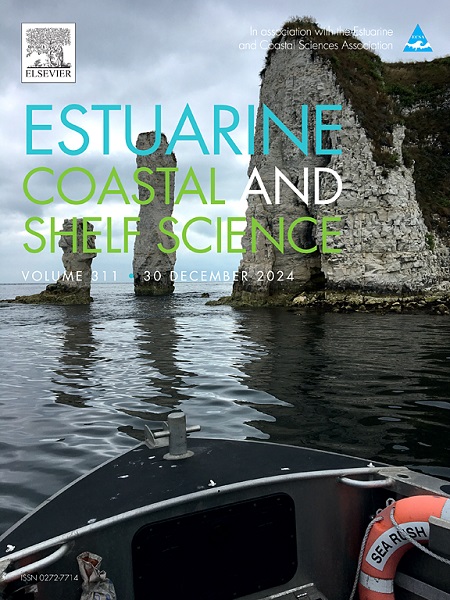Diverging benthic trait diversity and drivers across fjord to slope habitats of the high Arctic
IF 2.6
3区 地球科学
Q1 MARINE & FRESHWATER BIOLOGY
引用次数: 0
Abstract
Climate change is challenging species’ abilities to respond and function. In the Arctic, shifts in temperature and ice cover are disrupting established biological interactions and thereby ecosystem structure and function. By examining epibenthic communities in coastal and continental shelf habitats of Northeast Greenland that have been ice-locked for centuries, we provide a contemporary baseline of benthic functional diversity through a trait-based approach. We show clear trends in biodiversity and traits from a priori defined groups of fjord, shelf, shelf break, and slope habitats. With biodiversity and functional indices, we identified how fjord and shelf communities could be vulnerable to current and future changes in climate conditions. Using a hierarchical model of species communities (HMSC) we found taxa occurrences, regardless of taxonomic relatedness, were mainly driven by changes in depth, salinity, and oxygen and less so by temperature. Though rising global temperatures are undoubtedly altering the physiochemical structure of the shelf area, our study underscores the significance of often-overlooked environmental factors in Arctic climate change studies. Moreover, we highlight how species traits have a significant role in forming and maintaining community composition by explaining a high amount of among-taxa variation in taxa occurrences and taxa responses to the environment. While the significance of this is not known in relation to community resilience, as Arctic shelf processes intensify (e.g., Atlantification), changes in benthic communities and their ecological roles will ultimately affect ecosystem functioning and the broader dynamics of complex seascapes.
求助全文
约1分钟内获得全文
求助全文
来源期刊
CiteScore
5.60
自引率
7.10%
发文量
374
审稿时长
9 months
期刊介绍:
Estuarine, Coastal and Shelf Science is an international multidisciplinary journal devoted to the analysis of saline water phenomena ranging from the outer edge of the continental shelf to the upper limits of the tidal zone. The journal provides a unique forum, unifying the multidisciplinary approaches to the study of the oceanography of estuaries, coastal zones, and continental shelf seas. It features original research papers, review papers and short communications treating such disciplines as zoology, botany, geology, sedimentology, physical oceanography.

 求助内容:
求助内容: 应助结果提醒方式:
应助结果提醒方式:


